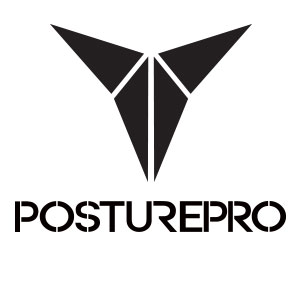As a trainer or therapist, you might have notice that although your clients are getting into shape, their postures seem to remain off kilter.
 Like many trainers, you’ve performed thousands of hour long sessions that have helped tons of people regain their health. You’ve worked with clients in health clubs, managed clients who are in pain, injured, or recovering from injury, and have worked with recreational, semi professional and professional athletes, executives and everything in between.
Like many trainers, you’ve performed thousands of hour long sessions that have helped tons of people regain their health. You’ve worked with clients in health clubs, managed clients who are in pain, injured, or recovering from injury, and have worked with recreational, semi professional and professional athletes, executives and everything in between.
You have studied and applied a variety of manual therapies and have been informed many times how “system X” is the best and every other approach is incorrect. You’ve invested thousands of dollars in your education only to be left with more questions.
WHY?
The entire health and fitness industry has been looking at half of the factors involved in performance.
Most training programs teach clients ‘how to get ripped in 8 weeks’ yet fail to explain why an individual may be experiencing pain, displaying muscle inhibition, and having limited rage of motion and/or poor motor skills.
THE FACTS
To date, the health and fitness industry has become fairly comfortable with the mechanical model of joint motion, and although an individual may be experiencing a limited range of motion or pain, the truth is that most training systems do not address how the body and the brain work with regards to movement.
As such, even the most experienced trainers or therapists may be missing one important part of the equation thus leaving their clients with incomplete results and being prone to injury.
POSTUROLOGY
While muscles and joints are important, they are all governed by the nervous system. Neurophysiologists such as Lacourt, Roll, Berthoz, Matthews demonstrated that the postural system is equipped with sensors.

Human gait is interplay between sensory receptors and clusters of neurons that respond to the proper motor demand to coordinate gait patterns for proper muscle recruitment and strength performance.
THE THREE TAKE AWAYS
1- You have invested thousands of dollars in your education yet you still feel that there is something missing. Chances are that you’re not looking at the body globally.
2- Most training programs do not address how the brain and the muscles connect with regards to injury prevention, movement and performance. This is the main reason treatments are repetitive and why injuries occur.
3- Human gait is an interplay between sensory receptors and upper motor neurons which can affect gait patterns for proper muscle recruitment and strength performance.

Copyright © 2015 Posturepro™
Thanks for sharing.
If you like this article, please share and follow us:
On Facebook
One Twitter
On Instagram
For a list of our upcoming Programs near you please visit this link







